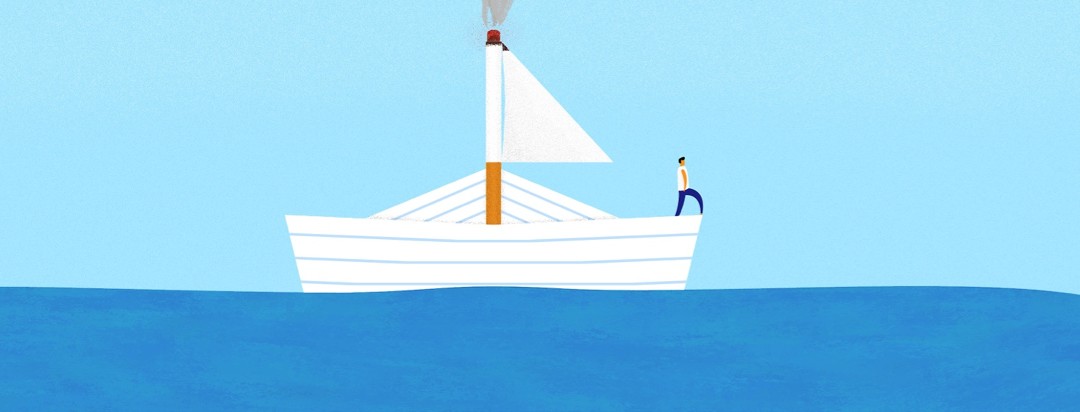Invincible
I think we live the early parts of our lives without thinking too much about being responsible to ourselves and others and what our future holds. At least I did...and many of my friends.
As kids we watch cartoons, go to school and study and get into a college (if we can and if we can afford it) and we try to plan out our future careers.
Taking health more seriously
And in the past few decades, we have begun to consider our individual health more seriously – taking preventative measures so that we might lead longer lives.
But I know in my own life, there was a period of time when we didn’t have a care in the world. And that’s partially why I smoked and ultimately developed COPD.
Yes, we had part-time jobs and other responsibilities but for the most part – we did whatever we wanted.
I’m a baby boomer – 1954 – and my most formative years were probably 1960 to 1972; beginning of grammar school to the end of high school.
College – ’(72-’76) - is a bit of a blur – lol.
Cigarette smoking was okay and advertisements were everywhere
But at that time, cigarette smoking was still considered “OK” by adults, parents and most folks in supervisory positions. (We’ll leave marijuana smoking for a future article – lol).
In those days (OMG – I sound like my grandfather...) even as kids, we were bombarded with tobacco advertisements. There were advertisements for cigarettes on television, radio and in newspapers and magazines.
And some included cartoon characters to attract customers at a very young age.
Cartoon characters attracting young kids to cigarettes
Winston cigarettes
Winston - Fred Flintstone and Barney Rubble of The Flintstones series were pitchmen for Winston cigarettes, the show's sponsor at the time.
In one of their advertisements, Fred and Barney take a smoke break from their work, Fred lights up his cigarette and says, “Winston tastes good like a cigarette should.” Some people (like me) would remember that for the rest of their lives.
Joe Camel
Camel – The cartoon, “Joe Camel” was created in 1974. By age six, almost as many American children knew that "Joe Camel" and cigarettes went together as the Disney Channel went with Mickey Mouse according to the Journal of the American Medical Association.1
With Joe’s introduction, sales of cigarettes to underage buyers increased significantly and 32.8% of those sold were Camels.2 The company knew that the "young adult market ... represent[s] tomorrow's cigarette business.”3
But, under pressure from Congress in July 1997, R.J. Reynolds announced it would voluntarily end its Joe Camel campaign.
The Marlboro Man
The Marlboro Man was not a cartoon, but he had the same influence. He was an American cowboy used in advertisements from 1954 to 1999 for Marlboro cigarettes. He was used from 1954 to 1999. Ironically, at least 4 men who appeared in Marlboro-related advertisements died of smoking-related diseases. That earned Marlboro Reds, the nickname "Cowboy killers."4
These advertising efforts encouraged young people to begin smoking. Thankfully, the National Institutes of Health (NIH) just announced that the American Lung Association has been awarded a new $24.8 million grant that to conduct the first-ever national study focused on the lung health of millennials.5
Blame on tobacco companies
But in my own case, I don’t blame the tobacco companies entirely.
As I said above, “we did whatever we wanted.” Bad things happened to other people. And, I don’t think it was only my generation of baby-boomers.
We felt invincible - that we wouldn’t be harmed by anything let alone tobacco. Nothing was going to stop us.
We played fast and loose with the rules and the warnings were not as loud and explicit as they are today.
As invincible as we might have felt in those days– we only have ourselves to blame for what’s become of us.

Join the conversation